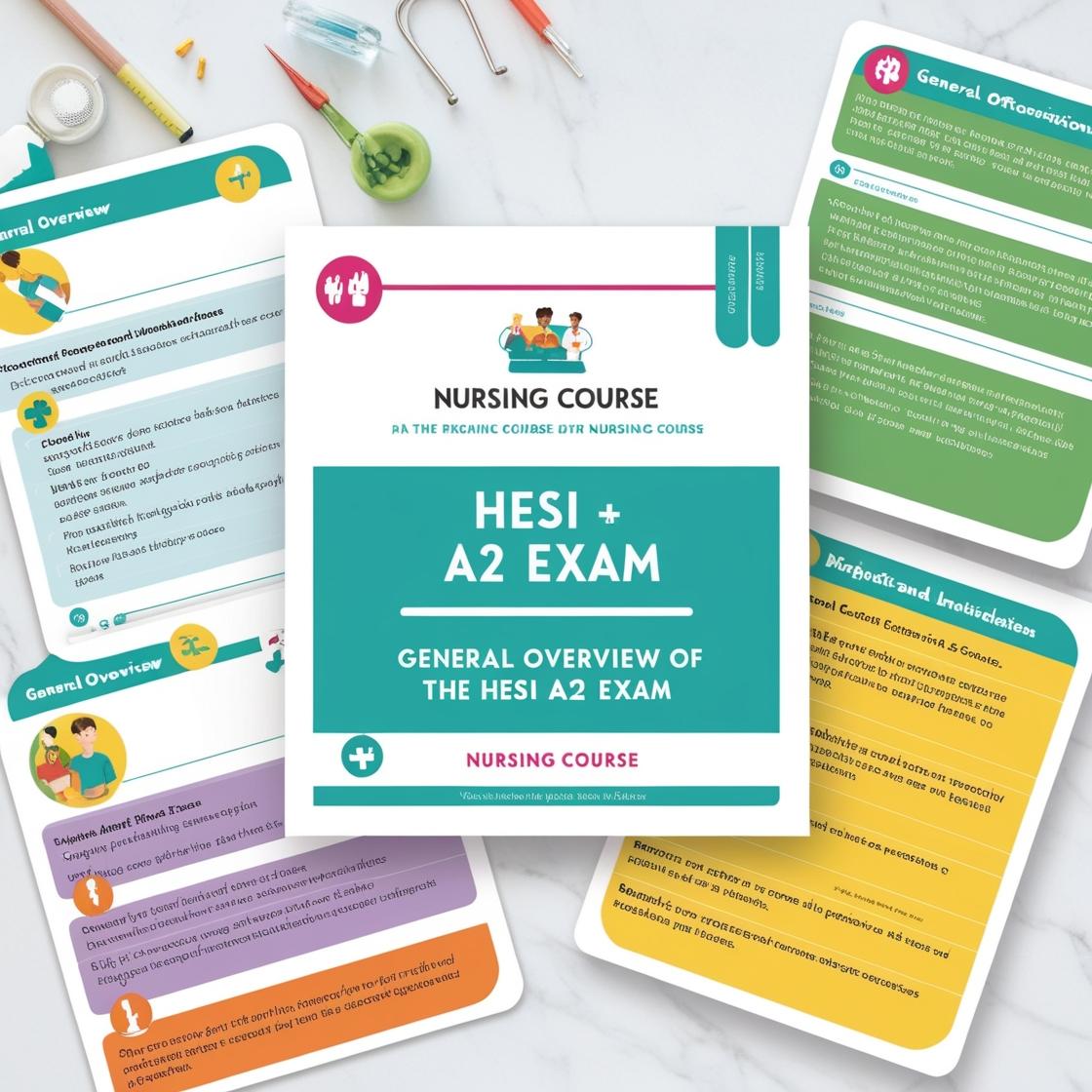HESI A2
HESI A2 Practice Test Biology
1. What are the two catabolic pathways that lead to cellular energy production?
- A. Fermentation and internal respiration
- B. Fermentation and external respiration
- C. Fermentation and cellular respiration
- D. Fermentation and anaerobic respiration
Correct answer: C
Rationale: The correct answer is 'Fermentation and cellular respiration.' Fermentation is an anaerobic catabolic process that occurs in the absence of oxygen, producing limited amounts of ATP. Cellular respiration, on the other hand, is the aerobic catabolic pathway that occurs in the presence of oxygen and is the most efficient way of producing ATP. Choices A, B, and D are incorrect because internal respiration, external respiration, and anaerobic respiration are not the correct pathways leading to cellular energy production.
2. How many different types of nucleotides are there in DNA?
- A. one
- B. two
- C. four
- D. eight
Correct answer: C
Rationale: The correct answer is 'C: four.' DNA is composed of four different types of nucleotides: adenine, thymine, guanine, and cytosine. These nucleotides pair up in specific combinations to form the genetic code. Choices 'A: one,' 'B: two,' and 'D: eight' are incorrect because DNA consists of a set of four distinct nucleotides, not one, two, or eight.
3. What is the first step in the conversion of glucose to pyruvate?
- A. Glycolysis
- B. Krebs cycle
- C. Electron transport chain
- D. Aerobic respiration
Correct answer: A
Rationale: The correct answer is Glycolysis. Glycolysis is the initial step in the conversion of glucose to pyruvate. During glycolysis, glucose is broken down into pyruvate through a series of enzymatic reactions. Choice B, the Krebs cycle, occurs after glycolysis in aerobic cellular respiration. Choice C, the Electron transport chain, is the final step in aerobic respiration where the majority of ATP is produced. Choice D, Aerobic respiration, is a broader term that encompasses glycolysis, the Krebs cycle, and the electron transport chain, but it is not the specific first step in the conversion of glucose to pyruvate.
4. What is the role of tRNA during protein synthesis?
- A. Carries amino acids to the ribosome
- B. Links nucleotides together
- C. Copies DNA sequences
- D. Replicates genetic material
Correct answer: A
Rationale: During protein synthesis, tRNA plays the crucial role of carrying amino acids to the ribosome. This process ensures that the correct amino acids are brought to the ribosome according to the mRNA sequence. Choice B, linking nucleotides together, refers to the role of RNA polymerase in transcription, not tRNA. Choice C, copying DNA sequences, is the function of DNA polymerase during DNA replication, while choice D, replicating genetic material, is an overarching function of DNA replication, not specific to tRNA's role in protein synthesis.
5. Which component of the cell contributes to the protection, communication, and passage of substances into and out of the cell?
- A. Nucleus
- B. Cell membrane
- C. Endoplasmic reticulum
- D. Cytoplasm
Correct answer: B
Rationale: The correct answer is the cell membrane. The cell membrane is responsible for protecting the cell, facilitating communication with the external environment, and regulating the passage of substances into and out of the cell. The nucleus (Choice A) is the control center of the cell and houses the genetic material but is not primarily involved in these functions. The endoplasmic reticulum (Choice C) is involved in protein synthesis and lipid metabolism, not primarily in protection or communication. The cytoplasm (Choice D) is the gel-like substance that fills the cell but does not specifically contribute to protection, communication, or substance passage.
Similar Questions

Access More Features
HESI A2 Basic
$99/ 30 days
- 3,000 Questions with answers
- 30 days access @ $99
HESI A2 Premium
$149.99/ 90 days
- Actual HESI A 2 Questions
- 3,000 questions with answers
- 90 days access @ $149.99
